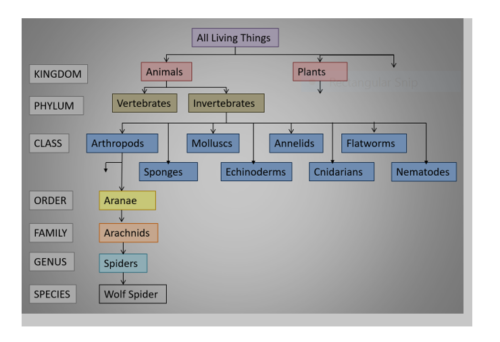Good morning lovely Owls. Well, we survived our first full day on TEAMS! Let’s go for it again today but in case of technology problems, today’s work is below.
Again, I have included a suggested timetable for how you could organise your day below. Remember that you can work at your pace through the activities.
9.15am TEAMS meeting to introduce this morning’s activities.
Spellings
English lesson
10.30am Breaktime
11am Maths
12noon Lunch
1pm TEAMS meeting to catch up about the morning tasks and introduce the afternoon task
Science
Reading time and TT Rockstars
2.50pm TEAMS catch up
So, here is today’s work:
*Spellings – use your spellings as a means of practising your handwriting as well as learning how to spell them.
Year 5 Handwriting Practice – Cursive
Year 6 Handwriting Practice – Cursive
*English – continuing the Oak Academy unit. Using the link below, follow the instructions in the lesson to work through the teaching video and the related activity.
*Maths – Today, we are looking at fractions of an amount. Take a look at the PowerPoint before completing the worksheets for your year group. Remember that the question sheets are divided into 2 strands :Reasoning and Problem Solving (RPS) and Verbal Fluency (VF) and into 3 levels of difficulty (developing, expected and greater depth. You only need to complete one of the three levels of difficulty for each strand i.e. Year 6 expected RPS and VF. The answers are included at the back of each set for you to mark your work.
Year-5-6-Spring-Block-1-Step-22-PPT
Year-5-Spring-Block-1-Step-22-RPS-Fraction-of-an-Amount
Year-5-Spring-Block-1-Step-22-VF-Fraction-of-an-Amount
Year-6-Spring-Block-1-Step-22-RPS-Fraction-of-an-Amount
Year-6-Spring-Block-1-Step-22-VF-Fraction-of-an-Amount
If the above is a bit tricky, try the sheets below.
Y3-Spring-Block-5-ANS7-Fractions-of-a-set-of-objects-1-2019
Y3-Spring-Block-5-WO7-Fractions-of-a-set-of-objects-1-2019
*Reading – Make sure that you are spending at least 15 minutes per day reading for pleasure. Keep a log of the title and pages read in your book.
*Science – Last week, I asked you to look at the work of Carl Linnaeus and his classification system of living things. Hopefully, you thought about how important it is to have a system of classifying livings things and what it would be like without it. Think of it as a filing system that helps with identification or a gigantic family tree.
So today, we are going to look at invertebrates.
Take a look at the following and write down the most interesting fact from either.
https://www.bbc.co.uk/bitesize/clips/zmj8q6f
https://www.dkfindout.com/uk/animals-and-nature/invertebrates/
Looking at the classification system, a wolf spider would fit as follows:

As you can see, a wolf spider is the species name but it also falls into the class of arthropods. This means it has some of the same characteristics as crustaceans like crabs i.e. a hard outside skeleton. Today, I would like you to us the sheets below to find out more about the characteristics of invertebrates. There are 8 different sections but you do not have to complete all 8, you can pick at least 4 of your choice.
ESResource6.3.3Invertebratesharder
*TTRockstars – spend any spare minutes rocking on through those tables.
Complete your work in the exercise books sent home last term and please send photos of what you have done to me at hollis.c@ruyton.shropshire.sch.uk or admin@ruyton.shropshire.sch.uk.
Have a great day and I will hopefully see you throughout the day on TEAMS.
Mrs Hollis x








